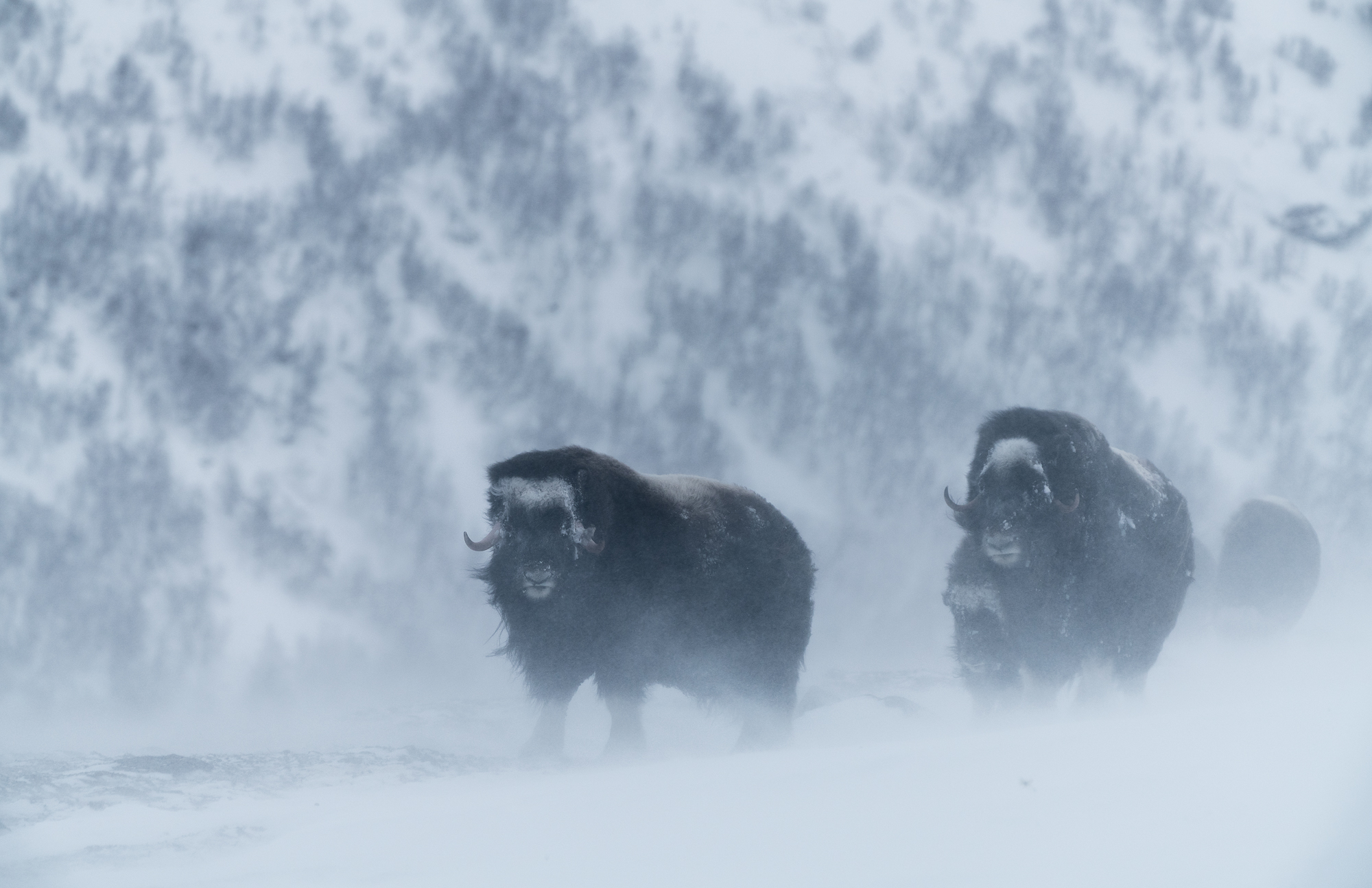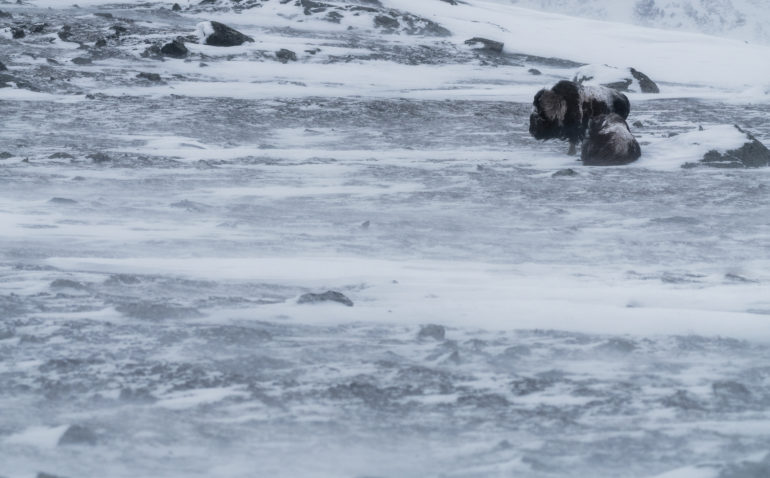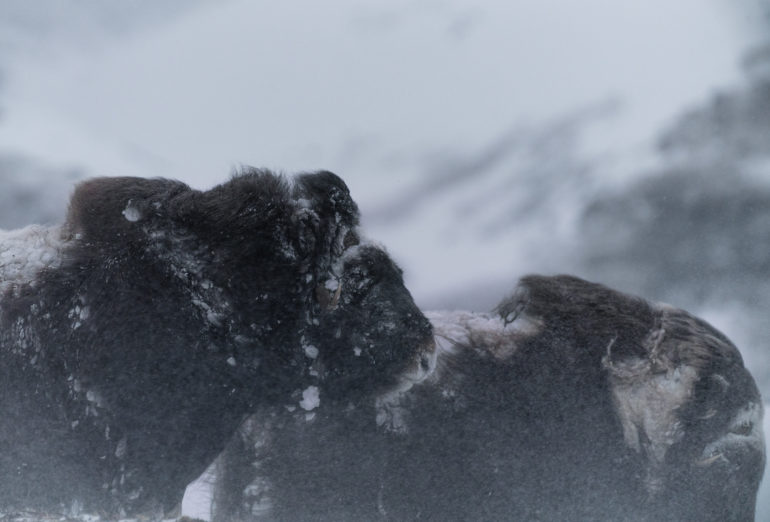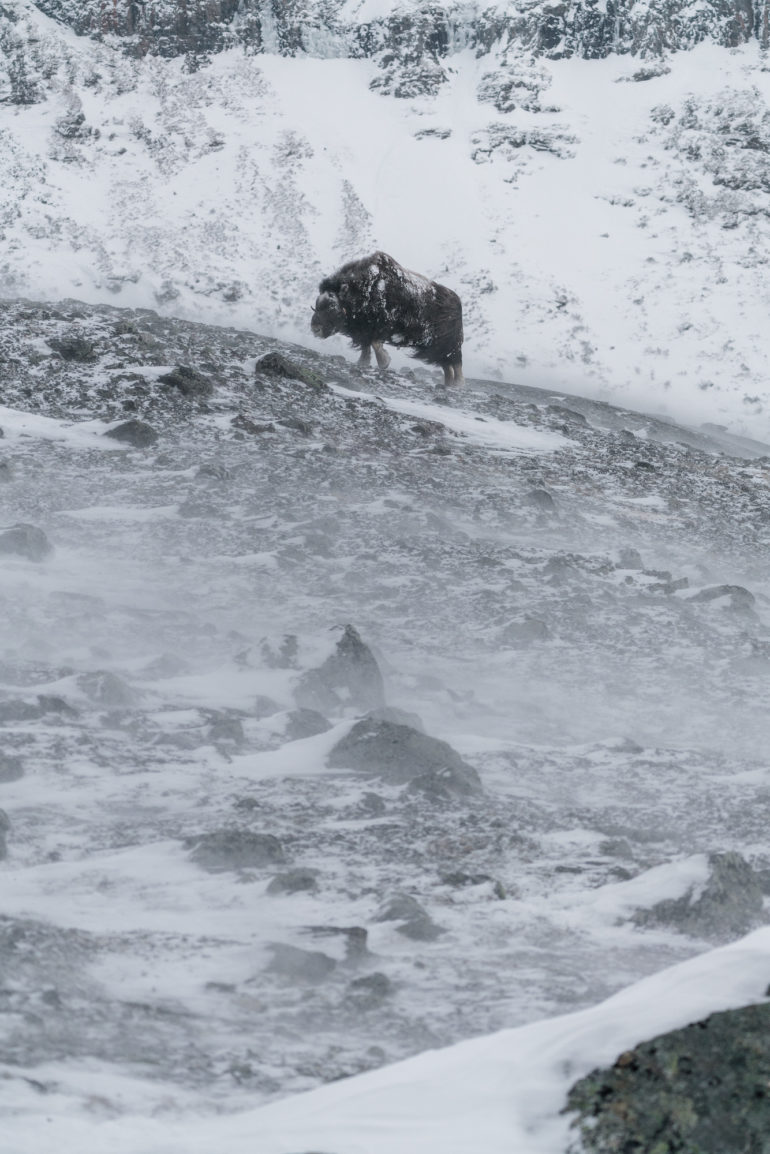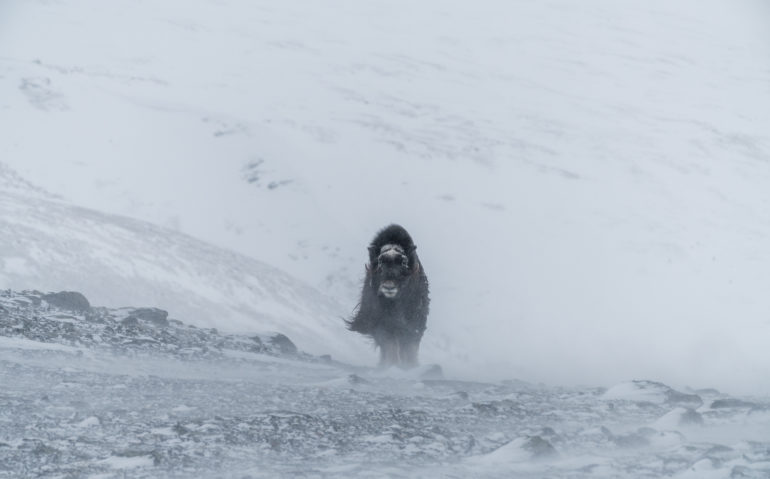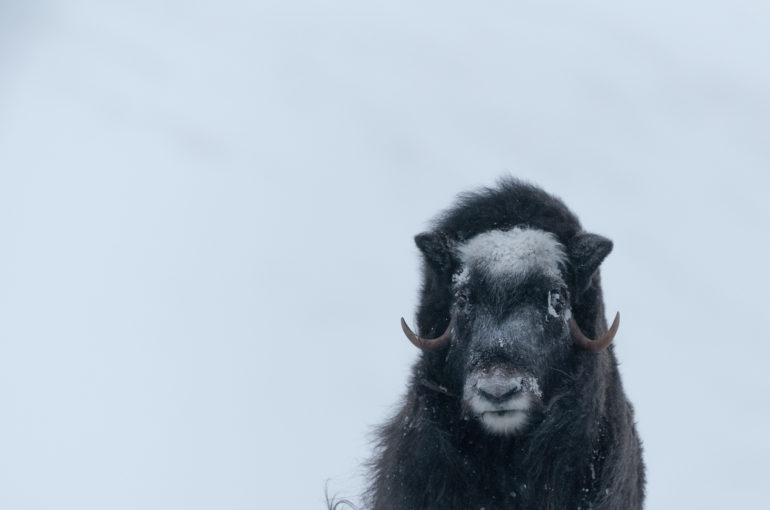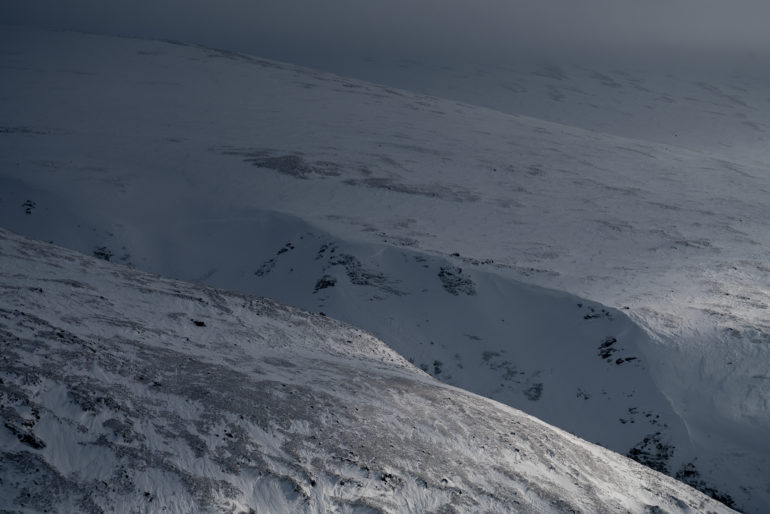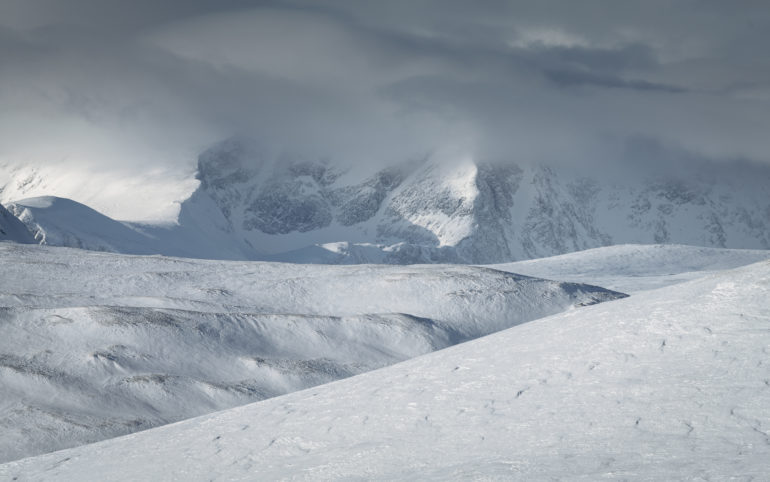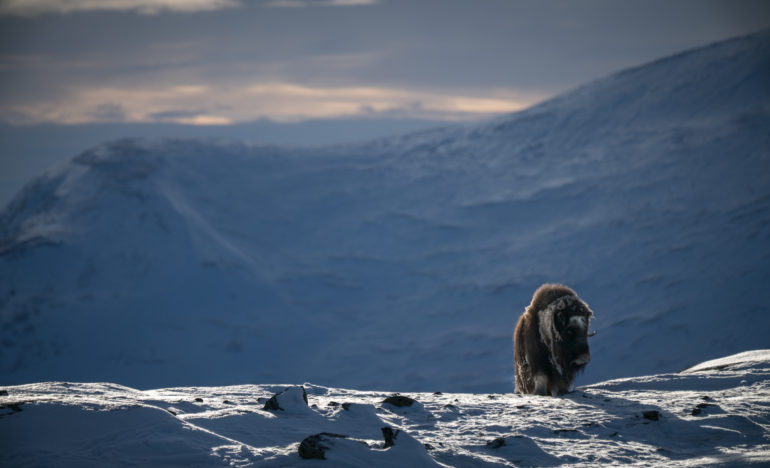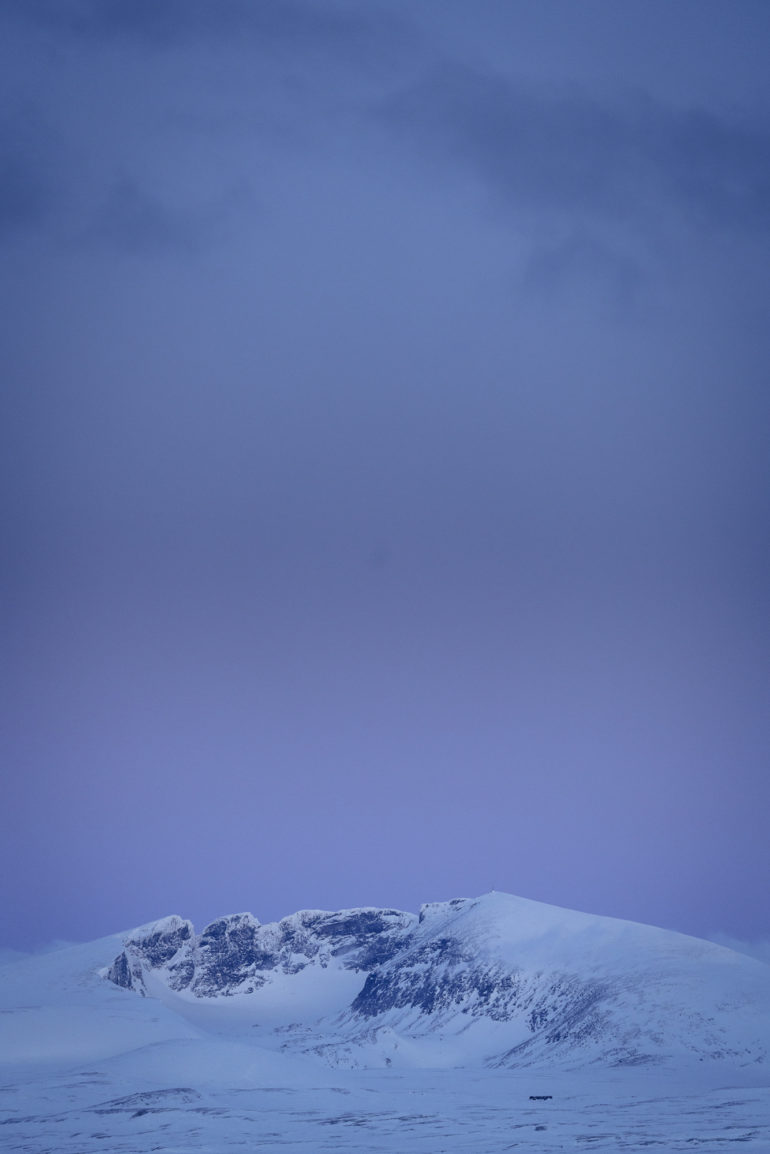Last Updated on 03/09/2018 by Mark Beckenbach
Chris Schmid calls the Musk Ox his Frozen Warriors in his latest project.
Photographer Chris Schmid can do absolutely no wrong when it comes to visuals. The Sony Artisan’s latest masterpiece highlights the tales of the Musk Ox, one of the less spoken about type of oxen out there. Schmid went to Dovrefjell-Sunndalsfjella National Park and braved 100km/hr winds on top of freezing temperatures to photograph these mammoth beasts. To do this project, he used the Sony a7r III and the Sony a9.
According to his recent press release, “In filming The Frozen Warriors, Chris hopes to create a connection between the audience and this fragile animal whose future is threatened by global warming. Although protected from intensive hunting, the current population of musk ox in Norway only stands at 300.” In fact, Musk Oxen aren’t too far behind the Polar Bears in terms of trying to survive.
We asked Chris a bit more about the project and here’s what he said.
Phoblographer: What made you want to go out there and specifically do a piece on the Musk Ox? Why not a Polar Bear or something?
Chris: Musk-ox is not very well known around and I’m fascinated about them. I’ve been shooting them since a couple of year each year, but I wanted to do something more, that can touch people even more. They come from ice age where they were living next to the mammoth and I really wanted to show these magnificent animals in their real environment: cold, strong wind, freezing temperature, that’s their world! They look so strong, powerful, but in the meantime they’re so fragile. And I can tell you that filming muskoxen in such condition and environnement was something really intense and a real pleasure.
We all know the current issue with polar bear and the global warming, which is heartbreaking, but musk oxen are not far behind. They are also fighting to survive due to the rising temperature. They struggle so much to find food that their very existence could soon be threatened. A warmer Arctic means precipitation increasingly falls as rain, encasing plant life in inaccessible ice. Muskoxen eat most of the year by pawing through snow with their hooves, so the food becomes inaccessible for them. But it also means that new parasites can survive in north-east Greenland and spread disease.
Phoblographer: Tell is a bit about the planning and the gear that went into this project.
Chris: At this time of the year, the temperature is freezing in Norway so you should really take care of what you’re wearing, specially hands and feet. All your focus should be on filming and photographing, not on thinking about your freezing hand or feet. You’re also walking a lot to reach the muskox, so you should really take care of managing the layer, not getting to hot (to avoid sweat) nor cold.
In this cold environment I’m also always trying to be a minimum of two persons travelling with my long time friend Raffi Maghdessian, in case of any trouble we might have. I used the latest Red Raven so I was able to shoot in slow motion even at 4.5K. It was very important to be able to shoot in slow-motion because the weather was very strong. So you should be able to capture this moment in every details. I mounted the RED with a Sigma 150-600mm, giving flexibility and lightweight which is very important when you’re shooting in the middle of nowhere as a one man band. The camera was mounted on the new Sachtler Flowtech, a pleasure to use when you’re wearing gloves. So easy to use it in the cold.
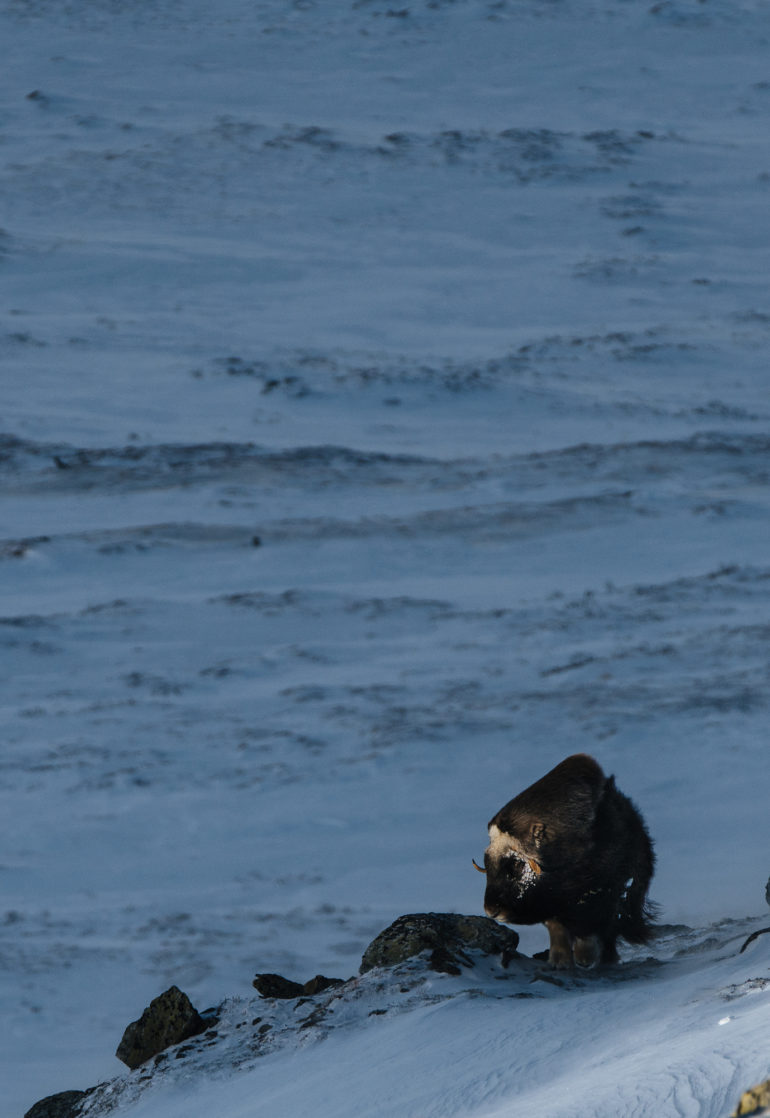
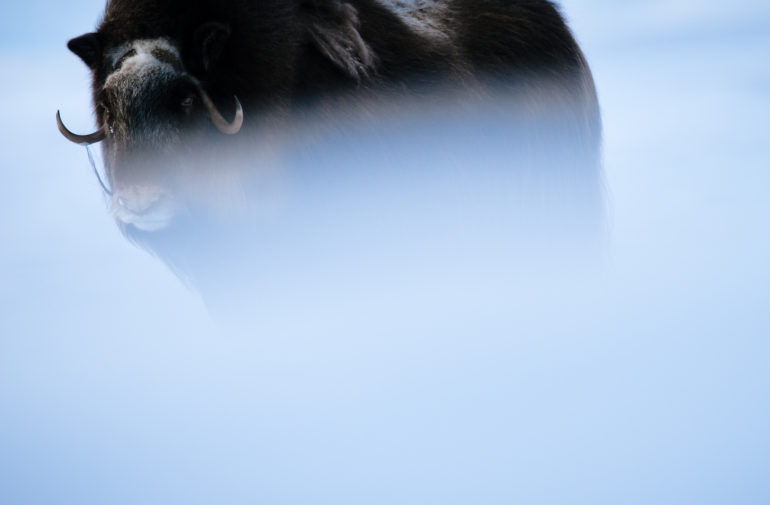
For photography I used the Sony a7rIII and Sony a9. I was really impressed by the new batteries, even in the cold. I was able to shoot two days with the same battery with no problem. This is a big achievement from Sony I think. I was using the Sony 100-400mm (+ TC 1.4 sometimes) and 24-70mm for the lenses. I didn’t choose to bring my Sony 500mm because I needed to stay quite.


